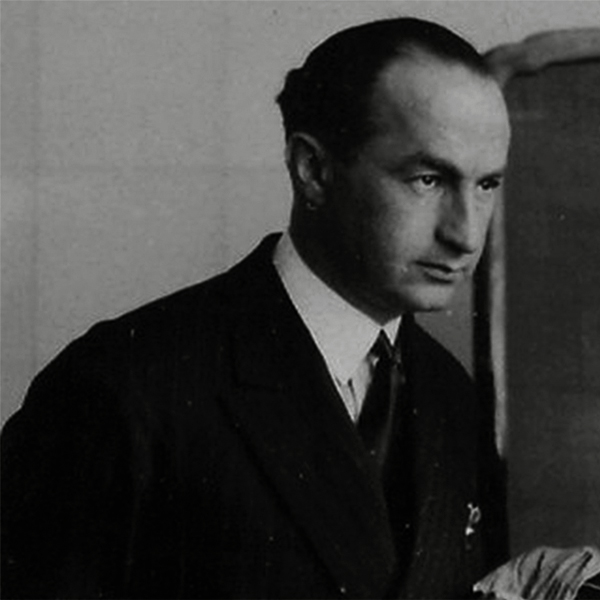
Who is Namık İsmail? (1890-1935)
Namık İsmail, who was a student of Viçen Arslanyan at Hamidiye School, studied at Saint Benoit and Galatasaray Sultanisi. He took private painting lessons from Şevket Dağ. When he failed the baccalaureate exam, he went to Paris in 1911. Namık İsmail, who attended the Julian Academy and Fernand Cormon Workshop, was influenced by the Barbizon School and Impressionism rather than his teachers. The artist, who returned home in 1914, worked in the workshop established in Şişli and painted war-themed paintings. The painter, who worked on the organization of the War Paintings and Others exhibition opened in Galatasaraylılar Dormitory in 1917, received the Hilal-i Ahmer medal.
He participated in exhibitions opened in Vienna. He went to Berlin with Celal Esad Arseven and stayed for two years. He worked in the workshops of Lovis Corinth and Max Lieberman.
Namık İsmail, who started teaching art in 1919, stayed in Italy for a year. On his return, he worked as a painter and editor-in-chief at the İleri newspaper. In 1921, he was appointed as deputy director of Sanayi-i Nefise Mektebi. After İbrahim Çallı, Namık İsmail exhibited his Üryan at the Galatasaray Exhibition opened on July 20, 1923.
The painter, who went to Paris once again in 1928 to make investigations as the General Inspector of Education, was appointed as the director of the Academy of Fine Arts upon his return and worked as a painting workshop teacher.
The artist, who used impressionist, expressionist and classical influences in his works depending on the subject, made large figurative compositions. II in his paintings. The self-confident, intellectually strong women of the Constitutional Monarchy were replaced by Anatolian women in the 1930s. He made subjects that visualized the Republican ideology. He painted paintings of peasants and farmers, and adopted the idea that art should be at the service of society. Namık İsmail, who is also known for his mastery in portraiture, had a similar attitude to Osman Hamdi in the accessories and details representing the cultural background and tradition he used in his paintings.
The impressionist side of Namık İsmail, who gained a unique place among the 1914 Impressionist generation, emerged mostly in landscapes. In the Order of the Homeland, The Last Bullet are paintings that show his Şişli Workshop's heroic approach to war, while Moonlight Mosque shows his romantic/impressionist side, giving the spirit of the night and moonlight with light and cold colors.













